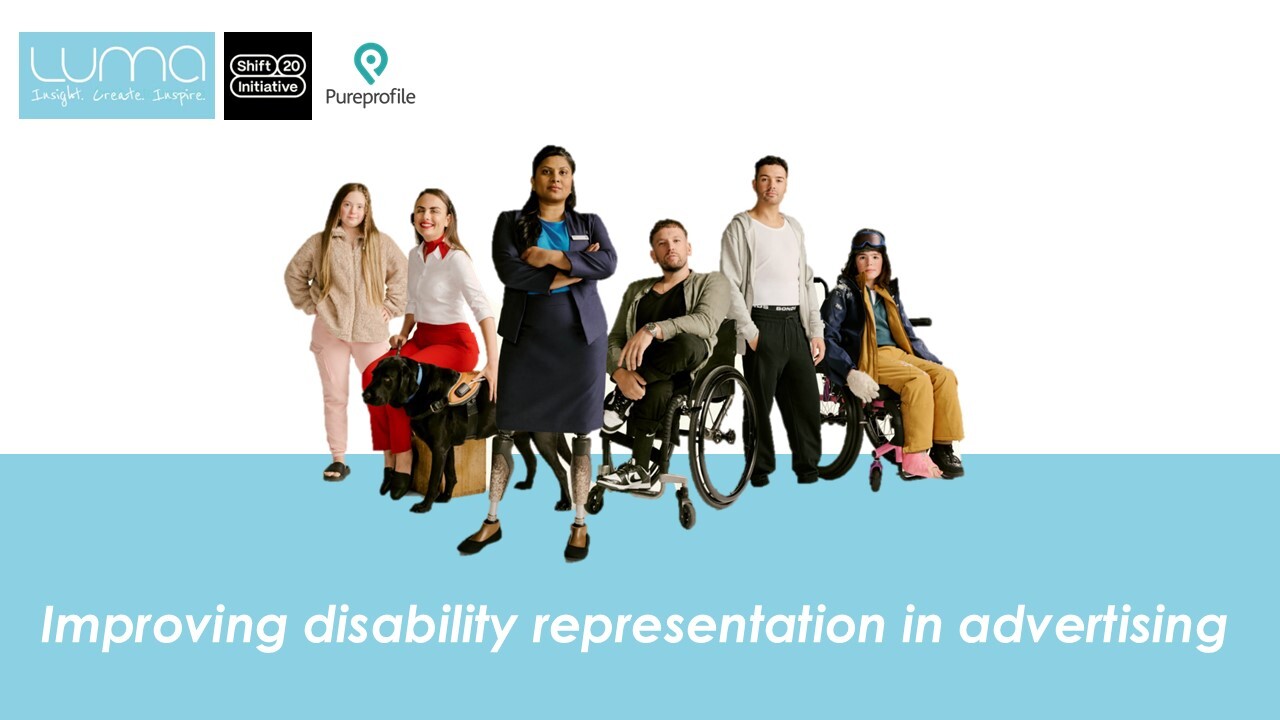Research suggests around three-quarters of men and women believe their gender in advertising is inappropriately portrayed. Is your brand contributing to this?
Discussion about gender and gender empowerment is important to our work here at Luma. Twice a year Luma help run Australian Women in Research (WIRe) events to share the insights and knowledge of leading female experts from the marketing, advertising and market research industries.
This area of research is essential for brands wanting to get their story right. A study by Kantar Futures (2015) found that 76% of women and 71% of men believe that the way they are portrayed in advertising is completely out of touch. This disengagement is doing a disservice to both the brands and the consumers themselves.
Our study on advertising from the 2019 Super Bowl revealed some shocking statistics from the American public. Of the 34 ads tested, only six ads made people feel their gender was sufficiently represented. The study also found that only a third of people believe ads accurately reflect the world we live in (in the context of social issues and gender).
This disengagement not only has social ramifications, but real impacts on sales. Our Super Bowl study also found the majority of consumers (60%) feel it is important that brands take a stance on social issues. As such, re-positioning your brand's gender image (as seen in the examples below), can significantly drive positive brand feelings. In previous research, we've found that brand feelings are the strongest predictor of purchase intent - therefore essential to growing sales.
Similarly, under-representing a gender is another concern. Doing so can exclude potential target markets. A study by J.Walter Thompson Intelligence found that 54% of Millenials often shop for clothes outside their own gender. Industries that appeal to both genders; such as toys, cosmetics and fashion, should be open to questioning what kinds of consumers potentially want in on their brands, and whether these consumers (e.g. a certain gender) are being represented in the advertising.
Many brands are embracing this trend, for instance, John Lewis has removed gender labels from their children's fashion and Zara has recently introduced their new line "worn by anyone". How does your brand represent gender in advertising? Time to review it?
Audi 'Lets Change the Game'
Audi is seeking to re-position itself by using gender and it's role in the toy industry in it's 'Let's Change the Game' Campaign:
Bumble 'The Ball is in Her Court
Bumble released an ad in the 2019 Super Bowl featuring Serena Williams. Luma Research tested this ad and found people identified with the tennis player, with a casting score of 7.8 (effectiveness benchmark is 6). Consequently, the ad got a likable score of 7.1. The ad was one of the six that participants felt represented their gender, and this made people feel good about the brand.
Gillette 'The Best a Man can Be'
Gillette's 'The Best a Man can Be' campaign was met with polarizing feedback. Consumers who agreed with the context of the ad had strong positive brand feelings. These consumers were more likely to be women. While Gillette is a predominately male-oriented brand, women tend to buy Gillette products either for their households/husbands/partners or even themselves.



